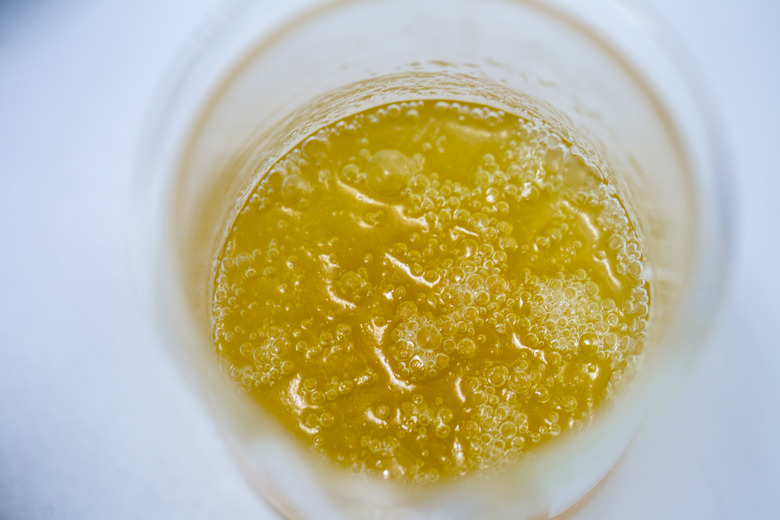Difference Between Triglycerides & Phospholipids
The bodies of all living things have cells. However, cells cannot function properly without the presence of certain substances, such as lipids. Lipids are a group of naturally occurring molecules that include animal fats, vegetable fats, certain vitamins, triglycerides and phospholipids. At first glance, triglycerides and phospholipids appear very similar. But they have slightly different chemical structures and serve differing functions.
TL;DR (Too Long; Didn't Read)
Triglycerides and phospholipids are both lipids that serve certain functions in the body. However, they differ slightly in structure and function. Triglycerides have glycerol and three fatty acids, which makes them fats. Phospholipids are not fats, since they have glycerol, two fatty acids and phosphorus. Phospholipids are more essential to the formation of lipid bilayers, which maintain [cell membrane structure](https://sciencing.com/cell-membrane-5444309.html?ref=q2201905), than triglycerides are. Fat cells store triglycerides, while phospholipids help break down fats in the body.
Structure and Functions of Triglycerides
Structure and Functions of Triglycerides
Triglycerides are a kind of fat found in the bodies of both plants and animals. In plants, triglycerides appear in oils such as peanut oil, while in animals triglycerides live in fat cells. In both plants and animals, triglycerides share the same structure. A single triglyceride molecule has glycerol and three fatty acids.
Triglycerides serve several functions in the body. First, they help maintain the structure of cell membranes by forming a lipid bilayer. This helps keep the inside and outside of cells separate, so organelles cannot drift out of the cell, and foreign substances cannot get in, except under special circumstances.
Triglycerides, like all fats, also store energy. When an animal or human eats, any calories from its food, which are not used right away get converted into triglycerides and stored in fat cells. In humans, high concentrations of triglycerides can lead to more visible body fat, as well as an elevated risk of certain diseases, such as heart attack and stroke.
Besides storing energy, triglycerides, like all fats, also provide some thermal insulation, which is particularly important for animals and humans living in cold environments. Because body fat cushions some internal organs, it can help absorb shock and protect organs, in the event that an animal or human is badly injured. Triglycerides also help to give food its flavor.
Structure and Functions of Phospholipids
Structure and Functions of Phospholipids
Phospholipids are similar to triglycerides, but they do vary slightly in form and function. While triglycerides have glycerol and three fatty acids, phospholipids have glycerol, two fatty acids and a phosphate. Phosphates are molecules with charges and have oxygen and phosphorus. Because fats must contain three fatty acids by definition, phospholipids are not fats, as triglycerides are, despite their similarities.
Like triglycerides, phospholipids are crucial to the formation of lipid bilayers, which help maintain the structure of cell membranes. However, phospholipids have a more rigid chemical structure than triglycerides do, so they make cell membranes tougher and help them to hold their shape better than triglycerides alone could.
Fat cells do not store phospholipids. Instead, phospholipids help break down fats during the digestive process. In the small intestine, bile is an alkaline fluid that helps to break down food. Phospholipids exist in bile and specifically help to break down fats.
Most animals, including humans, can make enough phospholipids on their own that they do not need to seek out phospholipids in food. This is not the case with triglycerides, which are an essential nutrient, and make up the bulk of an animal's fat intake.
Cite This Article
MLA
Cook, Maria. "Difference Between Triglycerides & Phospholipids" sciencing.com, https://www.sciencing.com/difference-between-triglycerides-phospholipids-5044081/. 29 May 2019.
APA
Cook, Maria. (2019, May 29). Difference Between Triglycerides & Phospholipids. sciencing.com. Retrieved from https://www.sciencing.com/difference-between-triglycerides-phospholipids-5044081/
Chicago
Cook, Maria. Difference Between Triglycerides & Phospholipids last modified August 30, 2022. https://www.sciencing.com/difference-between-triglycerides-phospholipids-5044081/
